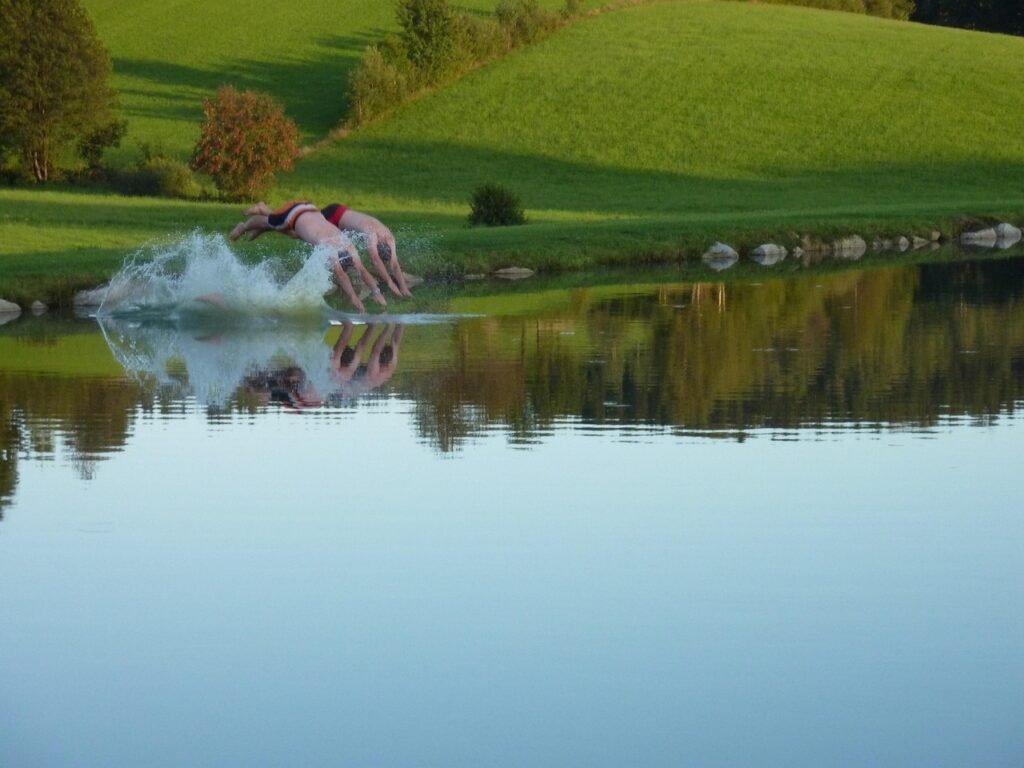Have you ever considered how long you should actually spend in a cold plunge? You’re probably aware of all the buzz around cold plunging and its numerous benefits. But there’s often confusion about timing: Is it a few seconds? A few minutes? It’s actually a little more nuanced than that.
Understanding Cold Plunging
Let’s start with the basics. Cold plunging generally involves immersing your body in very cold water, typically around 50-59 degrees Fahrenheit (10-15 degrees Celsius). It’s become a trendy wellness practice, touted for its supposed benefits ranging from muscle recovery to mood enhancement. But proper timing is crucial! Going too long can lead to problems, while not long enough might not give you the desired benefits.
What Happens When You Cold Plunge?
When you take the plunge into cold water, several things happen within your body. Initially, you might feel a shock, and your heart rate can speed up. This is your body’s immediate response to cold exposure. But as you acclimate, the cold water can lower inflammation and promote circulation, which is pretty fantastic if you think about it.
Benefits of Cold Plunging
Cold plunging isn’t just about feeling invigorated; it has real benefits, too. Some of the most commonly cited advantages are:
- Improved Circulation: The cold can prompt your blood vessels to constrict, then dilate once you’re back in warmer temperatures, effectively pumping blood throughout your body.
- Enhanced Recovery: Many athletes swear by cold water immersion for muscle recovery after intense workouts.
- Mood Booster: Cold exposure can trigger the release of endorphins, providing a natural mood lift.
- Stronger Immune Response: Regular cold therapy may boost your immune system, promoting better overall health.
Timing Is Everything
Now, let’s get into the nitty-gritty of timing. Understanding how long to stay submerged can be the difference between reaping the rewards and potentially facing risks. So, how long is just right?
The Recommended Duration
Research and anecdotal experiences suggest that most people benefit from a cold plunge lasting anywhere from 3 to 10 minutes. However, your unique body composition, tolerance to cold, and the temperature of the water can significantly influence how much time is ideal for you.
| Duration | Effects | Ideal For |
|---|---|---|
| 0-2 minutes | Minimal benefits, body still acclimating | Beginners, those sensitive to cold |
| 3-5 minutes | Improved circulation, reduced inflammation | Recovery after exercise, general wellness |
| 6-10 minutes | Deeper benefits, potential risks if prolonged | Advanced practitioners, muscle recovery processes |
Individual Tolerance
Everyone’s body responds differently to cold exposure. Some find it exhilarating, while others might feel overwhelmed. It’s essential to listen to your body. If you’re just starting, you might want to stick to 1-2 minutes and gradually build from there.

The Risks of Overdoing It
You may be eager to jump into longer cold plunges, but be cautious! Spending too long in cold water can lead to various issues, including:
- Hypothermia: This is a serious risk if you remain in cold water for extended periods, especially below a certain temperature. Your body can lose heat more quickly than it can generate it.
- Frostbite: Pay particular attention to your extremities. Prolonged exposure can harm areas like your fingers and toes.
- Numbness and Pain: While some discomfort is expected, painful sensations could indicate that it’s time to exit the water.
Signs That You Should Exit
Knowing when to cut your cold plunge short is just as crucial as knowing how long to stay in. Look out for these signs:
- Shivering: When your body begins to shake, it’s a clear signal that you need to get warm.
- Numbness: If you feel numbness in your hands or feet, it’s time to get out and warm up.
- Extreme Discomfort: While some discomfort is normal, if it becomes unbearable, it’s a warning sign.
Frequency of Cold Plunging
Now that you understand how long to cold plunge, let’s talk about how often you should be doing it. Generally, many practitioners recommend cold plunges 2-3 times a week for optimal benefits. However, this can vary depending on your fitness level and health goals.
Combining with Other Practices
You don’t have to stick solely to cold plunging. Many people incorporate it with other wellness practices for enhanced effects.
| Practice | How They Complement Each Other |
|---|---|
| Sauna Use | Alternating between sauna and cold plunge can improve detoxification and recovery. |
| Meditation | Slowing your mind down post-plunge can amplify the mood-boosting effects. |
| Breathing Exercises | Deep breathing can help you manage the initial shock of cold water. |

Final Words of Caution
When it comes to cold plunging, approaching it with caution and respect for your body is vital. Start gentle, listen to your body’s signals, and find your sweet spot for duration and frequency.
Experiment and Observe
You might find that keeping a journal to track your experiences will help you identify what works best for your body. Note how you feel after each plunge—both physically and mentally. All of this can lead to a more tailored approach to your cold therapy routine.
Always Stay Safe
If you’ve got any pre-existing health conditions, especially concerns about heart health or circulation, it’s wise to consult a healthcare professional before incorporating cold plunging into your routine.
Conclusion: Your Journey with Cold Plunging
As you embark on your cold plunging journey, remember that it’s all about finding what works for you. Don’t rush it, and allow yourself the grace to adjust and learn from your experiences. Your body will be your best guide, so listen closely and adapt as needed. Cold plunging can be invigorating and transformative if done thoughtfully. So, gear up, stay aware, and enjoy the ride!

